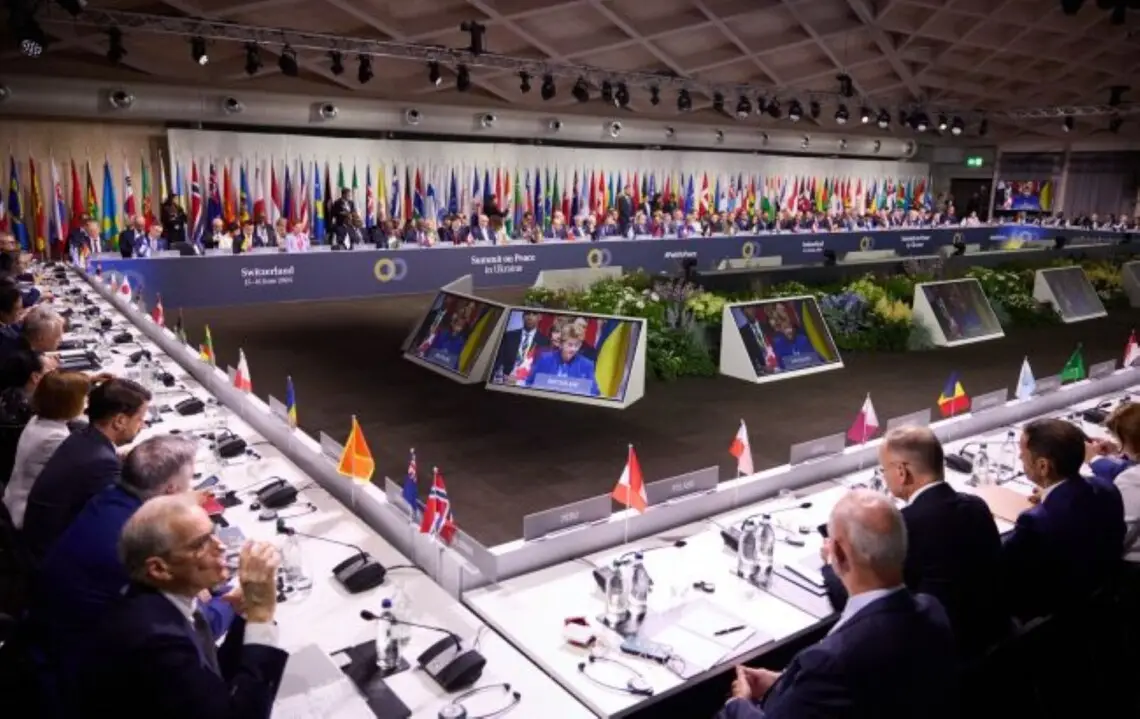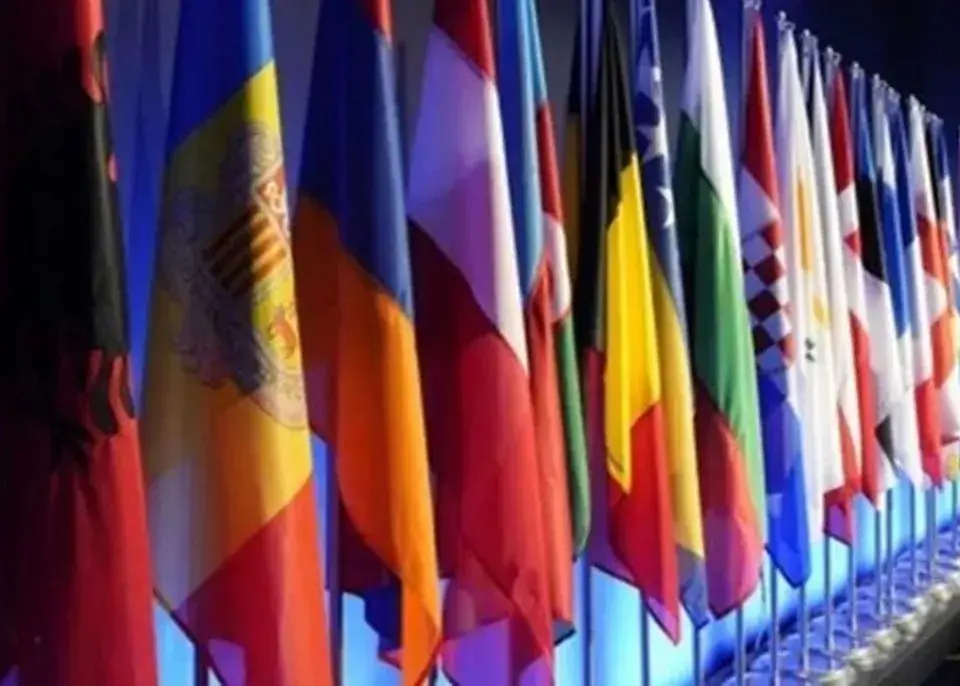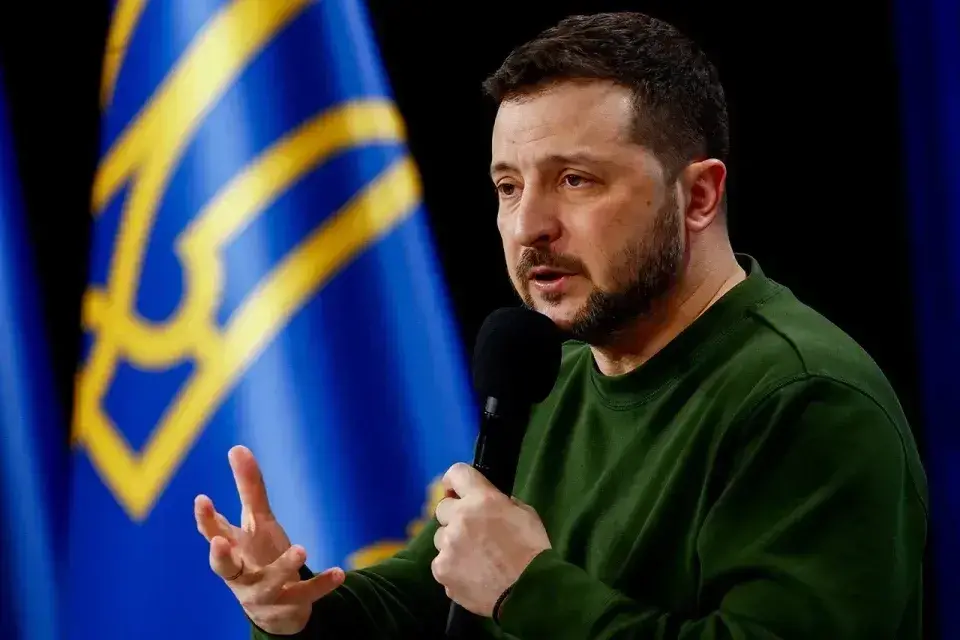Global Peace Summit: Results and Implications

How this large-scale political event will affect the war in Ukraine
After the Global Peace Summit, which discussed the key points of Ukraine's "peace plan," Ukrainians are divided. Some consider the event to be a "show," while others are convinced that it is an important step toward victory.
After the Global Peace Summit in Switzerland, the question arises: "What did it deliver?" However, the point is not only to bring together as many world leaders as possible (which is a matter of considerable debate), but to promote the Ukrainian vision of ending the conflict. Since 2022, China has been actively promoting its agenda in this regard. In addition, last week, russian dictator vladimir putin issued a new ultimatum with the same old demands for his vision of "peace".

The world is waking up
The problem is that the West has long been under illusions about russia. Since 2014, there was a belief that a compromise could be reached with the kremlin. Since 2022, there has been a belief that Ukraine needs help to stay in the confrontation with russia, but not enough to win. The main reason for this perception of russian aggression in Ukraine is fear. The West fears the collapse of the russian federation and the destabilization of its territory after a military defeat in Ukraine. Just as during the collapse of the USSR, Western leaders are concerned about the fate of the russian military machine, including the nuclear arsenal, and the possible redistribution of these resources among the newly independent states.
However, this fear is gradually disappearing. The West is beginning to realize that russia's defeat in Ukraine is unlikely to lead to catastrophic scenarios. This is confirmed by the successes of the Ukrainian defense forces on the frontline, even with limited resources, as well as by putin's hysterical statements, which constantly threaten nuclear weapons, but these threats are not supported even by China.
The West seems to be only in the third year of russia's full-scale invasion to realize the need to formulate an approach to peace. An approach based on a significant strengthening of Ukraine's military component and a return to the fundamental principles of international law. All "hybrid" methods are finally being rejected, and an understanding is coming: either humanity will win the war by joint actions, or the war will win humanity. At the Peace Summit, the accuracy of the wording and communiqués that will guide the peace process is more important to us than the number of participants.
It is also important that after the summit, many countries are ready to join the process of releasing Ukrainian prisoners and returning deported children. This demonstrates the realization of the horror of these crimes. In addition, there is a growing understanding of the need to strengthen the military of Ukraine and the Eastern flank of Europe in general.

Peace on Ukrainian Demands
The summit's final document is a compromise. It describes in detail only three points of President Zelenskyy's Peace Formula: nuclear security, food security and peaceful navigation, the exchange of prisoners for all and the return of Ukrainian children illegally taken to russia. However, this does not mean that the other points of the Peace Formula are rejected. They remain our strategic position for a just end to the war and will be implemented in various ways, regardless of the development of the peace negotiations process.
Around the compromise wording of the final document of the Global Peace Summit, there was also an active struggle between the participants. Ukraine managed to secure important positions in the text. The fact that some participants of the summit (especially russia and China's partners in the BRICS) did not sign the document is not of fundamental importance. The content of the final document of the Global Peace Summit is a battlefield for the further development of the peace process. Therefore, it is important to maintain a balance between pragmatic compromises on the path to peace and the principled positions of the Peace Formula.
The inaugural Peace Summit was an important milestone in the struggle for control over the development of the peace process. But this struggle is just beginning. The next stage is to determine the place and conditions of the next negotiations, their organizers and the conditions for russia's involvement in the process.
We and our partners need to maintain control over the further peace process. russia and China will try to seize the initiative. However, this does not mean that a new peace summit should be held in the near future. The Swiss president's idea of holding the next summit before the US elections is unfortunate, as the US leadership will be busy with its own election campaign in the fall. By then, the military situation in Ukraine or the international situation around the war between russia and Ukraine is unlikely to change significantly. It is not worth holding a summit just for the sake of the media and Switzerland's desire to quickly engage russia in negotiations. The focus should now be on defining the strategy and tactics for the next stage of the peace process.
For russia to agree to a realistic peace process that takes into account Ukraine's interests, it must be forced to negotiate by stopping the aggressor at the front and increasing the cost of war for russia — both militarily and through sanctions economic pressure. The diplomatic front should finalize the efforts of military and sanctions pressure. When Ukraine is able to negotiate from a position of strength, then it will be appropriate to hold the next summit.
Large summits are appropriate at the beginning of the peace process, which has now taken place, and at its conclusion. The road to peace will be long and difficult. We will still have to fight for peace both on the battlefields and on the diplomatic front.









